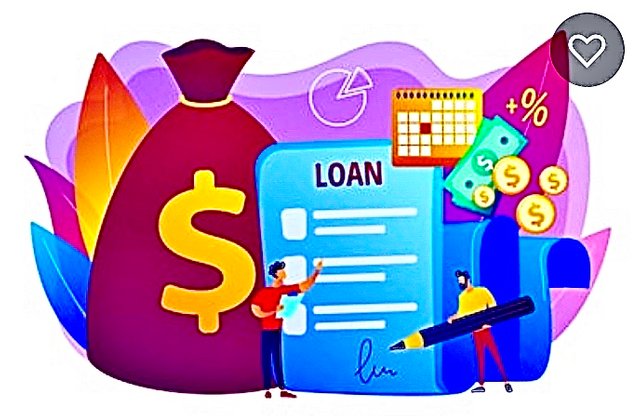Understanding the role of nonfungible tokens in digital commerce

From a historical perspective, the concept of non-fungible tokens (NFTs) is credited to Dieter Shirley and proposed in September 2017. It is defined under the ERC721 standard. Unlike ERC20 tokens, which are often used in token emissions during ICOs and are fungible like bitcoins, ERC721 tokens have properties that make them unique and therefore non-fungible digital assets. Two NFTs from the same emission do not have the same attributes and are not equal. The analogy can be made with a collector’s item in real life: it is unique and cannot be reproduced or exchanged otherwise it will lose its value.
From December 2017, NFTs become popular thanks to Cryptokitties. The cryptokitties are digital kittens, each of which is represented by a unique and non-replicable token. A new token is produced every 15 minutes, and the notion of reproduction allows the characteristics to be passed from one generation to the next. At the peak of their activity, on December 5, 2017, cryptokitties transactions amounted to 140,000 out of a total of 700,000 ethereum transactions, about 20% of the total traffic. One of the first obvious applications is video games, including object management in online games such as World of Warcraft, League of Legends, etc. Users currently “hold” objects that have real value in the game, but these items remain virtual on the company’s servers. If the company closes its doors, the objects “disappear”. However with an NFTs, objects will continue to exist on the Ethereum blockchain. Since the blockchain is public, it is even possible to create inter-game objects which can be moved in between games.
Another application is the “tokenisation” of physical assets, which can now have a digital counterpart on a public blockchain. For example, it would be easy to tokenise a car by creating a token which will replace the registration document or preferably the ownership papers.
Non-fungible.com
The largest known database of blockchain crypto assets is website non-fungible.com. This website also tracks historical market sales data, so it can build valuations of individual nonfungible tokens. Their slogan can be paraphrased as whether buying or selling NFT, compare similar assets to make sure you're setting a fair price! They track all NFT marketplaces on the Ethereum blockchain. Additionally, the non-fungible.com site lists all the non-fungible tokens of the Ethereum blockchain and allows you to track the exchanges that take place between users. To date, the project that captures the most value is Decentraland.
**Other Uses in games? What value proposition.
Decentraland
The game Decentraland is based on this premise; If people are willing to pay fo non-fungible tokens, it is because the concept of a single asset on a blockchain is attractive. For Decentraland, each token represents a property right on a 10 by 10 meter parcel of land in a world that will be accessible in virtual reality. The first adopters of this range of assets speculate on the scarcity of the token as well as its unique attributes. For example, a LAND token corresponding to a plot of land well located in the “city centre” will be more valuable than another in a less popular area.
Summary
We live in exiting times for decentralized games and decentralized finance, with some gaming studios really pushing beyond gaming walls to mix gaming with finance! It’s truly as exciting time indeed.
Title Picture from Pixabay
Title: The principle of the non-fungible token: games and finance.
Wow such a great info thanks dear @shortsegments